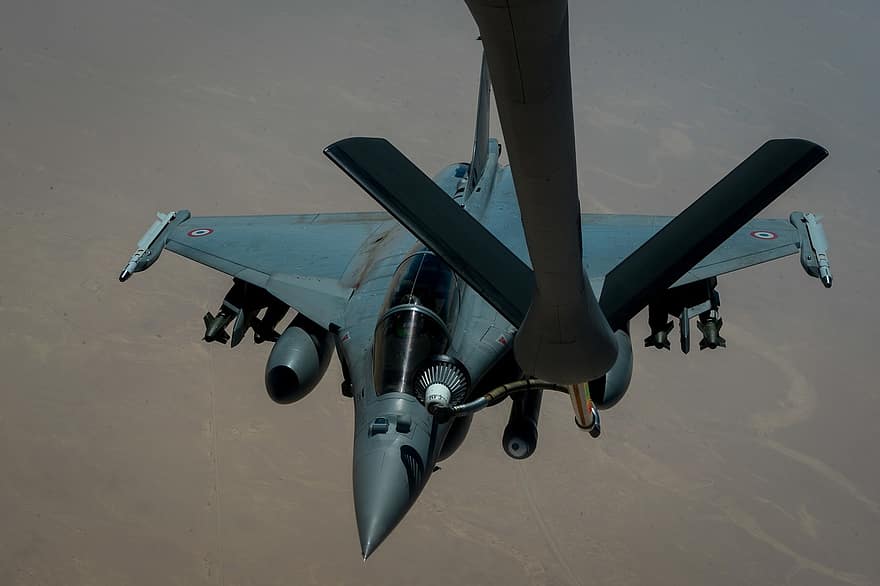
Serbia is on the brink of a significant military modernization as it is to finalize an agreement with France for the procurement of 12 Dassault Rafale multirole fighters.

Serbian President Aleksandar Vucic confirmed the development during his state visit to Paris where he met French President Emmanuel Macron and representatives from Dassault Aviation.

According to Vucic, “concrete agreements” had been reached, as he and Macron had agreed on the terms, and the contract was expected to be signed in the next two months in the presence of the French president.

The deal marks a new stage for Serbia, as the country has the historical tendency to use military equipment provided by Russia. The new air force of Serbia will be rearmed by extremely advanced fighter jets, known as Rafale; Serbia’s old MiG-29 Fulcrums date back to the Soviet era.

These MiG-29s, procured by what was then Yugoslavia back in the 1980s, have been supplemented over time with further purchases of secondhand Russian and Belarusian machinery, largely upgraded to only a moderate degree. Still, the Rafale’s capabilities far exceed that of the MiG-29 currently numbering 14 in active Serbian service.

The Rafale will be armed with state-of-the-art technology, including the RBE2 active electronically scanned array (AESA) radar, Link 16 datalink, an updated Spectra self-defense/electronic warfare suite, and an automatic ground collision avoidance system.

Its weapon stockpile will include the MBDA Meteor beyond-visual-range air-to-air missile, the Thales TALIOS targeting pod, and the laser-guided variant of the Sagem Hammer precision air-to-ground weapon.

Entry into the program will place Serbia on this growing list of Rafale operators, which counts Croatia, Egypt, Greece, India, Qatar, Indonesia, and the United Arab Emirates.

The continuous upgrading program has equipped Rafale with the capability to remain a frontline leader asset even till the NGF arrives in the pan-European Future Combat Air System program.

When Serbia will sign the deal is anybody’s guess, considering Dassault has already lined up 141 export aircraft and 70 more for France by the end of next year. Anyway, France had earlier speeded up deliveries by pulling aircraft from its air force stocks to meet export orders.

It thus also brings about a highly important mutation in geopolitics for Serbia: although officially neutral, Belgrade maintained its close military links to Moscow, among other things through repeated joint exercises.
The supply of Western arms hardware, like the Rafale, fits in with Serbia’s declared interest in EU membership and may help to reinforce the political and military relations with France, an EU member state.

Serbia’s move to Western military hardware is hardly novel. The country has allegedly purchased Airbus H215 and H145M helicopters, C295 turboprop transports, Mistral shoulder-launched surface-to-air missiles and Thales radars. The Serbian military increasingly imitates NATO doctrines and equipment, too – joint exercises on this occasion took place using U.S. Air Force HH-60G Pave Hawk helicopters.

Serbia faces challenges in acquiring new equipment and spare parts due to Western sanctions imposed on Russia for invading Ukraine. These hinder the shift away from Russian military hardware. Being forced to seek elsewhere for military needs, Serbia drifts further away from its traditional means of dealing with arms from Russia.

The acquisition of the Rafale fighters thus affords Serbia an important step toward military updating and assimilation toward military standards westward while augmenting its defense ability.